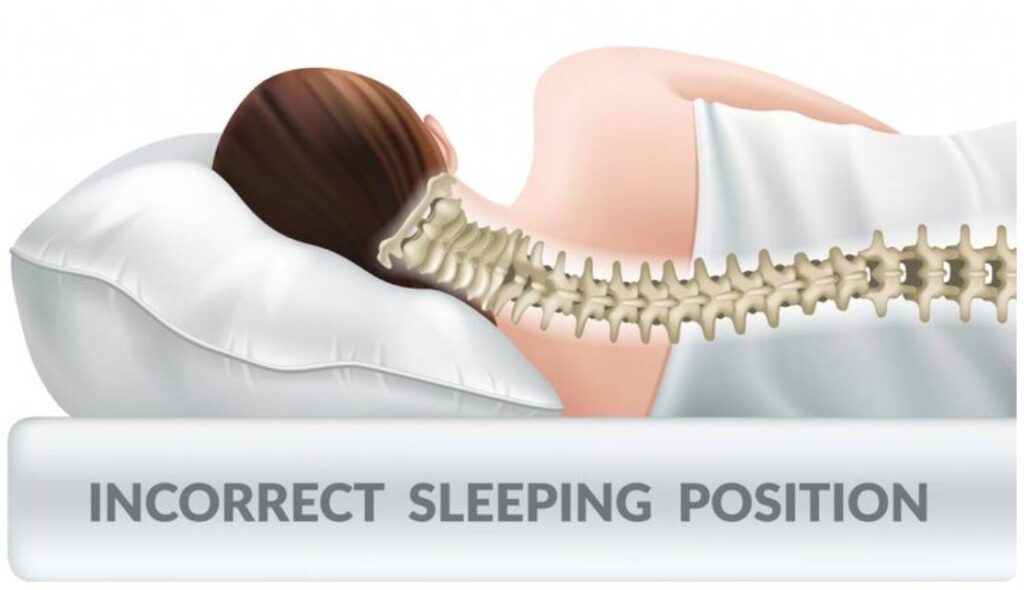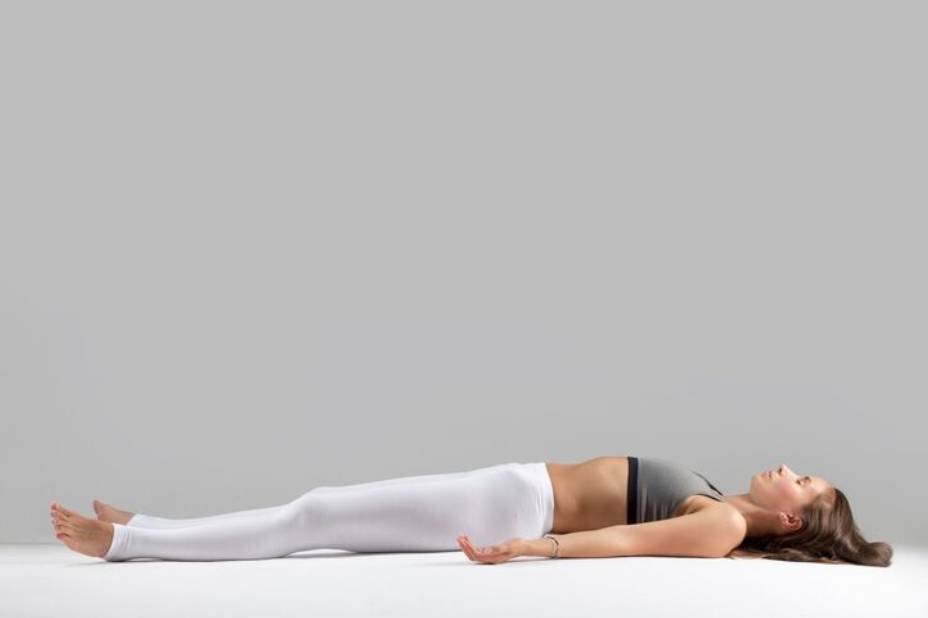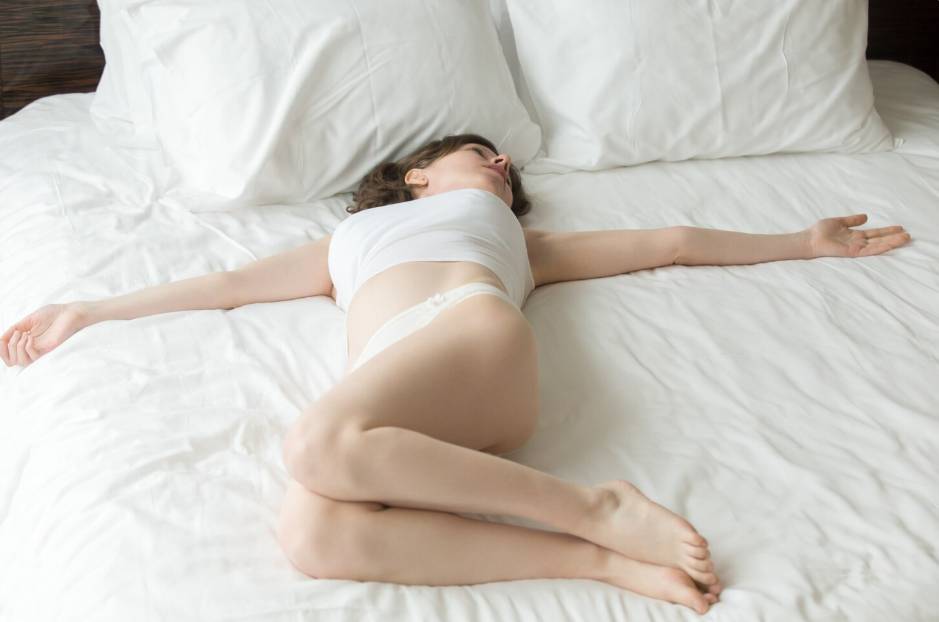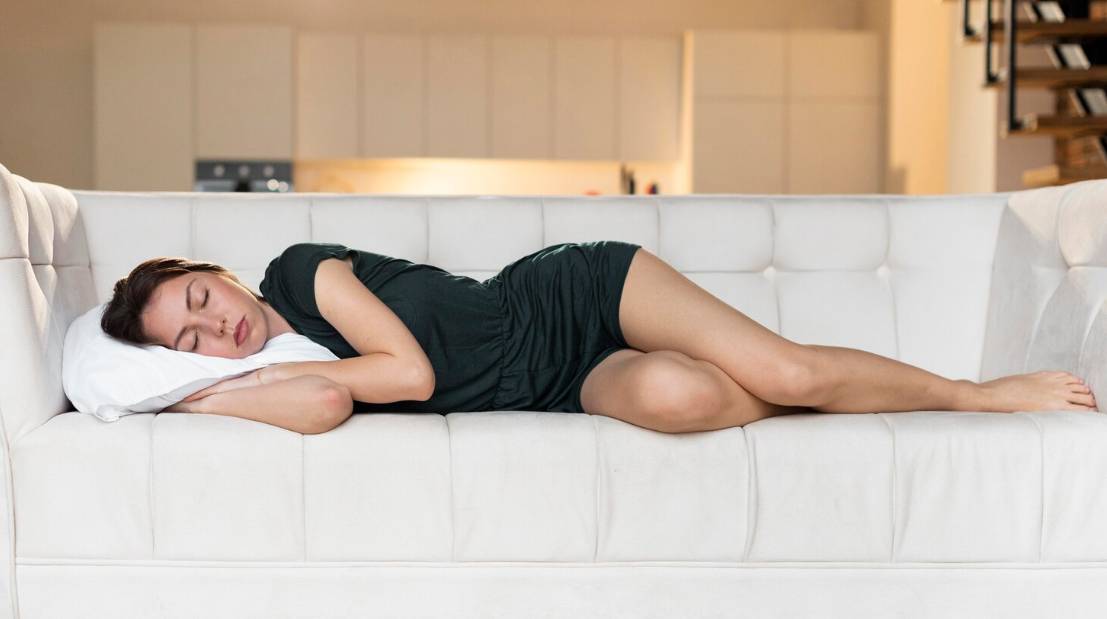Best Sleeping Positions for Herniated Disc Relief: Improve Rest and Reduce Pain
Getting a good night’s sleep is often one of the biggest challenges for people with a herniated disc. Back pain, stiffness, and nerve irritation can make it difficult to find a comfortable sleeping position. Poor sleep doesn’t just affect your energy levels—it also slows down recovery.
The good news is that by choosing the right sleeping position, you can reduce pain, protect your spine, and improve the quality of your rest.
Why Sleeping Position Matters for Herniated Disc Recovery
During sleep, your body repairs itself. If your spine is not properly aligned, pressure builds up on the discs and nerves, worsening symptoms like lower back pain or sciatica. A good sleeping posture can:
- Relieve pressure on spinal discs
- Improve circulation and healing
- Prevent morning stiffness
- Reduce night-time flare-ups of back pain

Best Sleeping Positions for Herniated Disc Relief
1. Sleeping on Your Back with a Pillow Under Knees
Sleeping on your back evenly distributes body weight and reduces pressure on the spine.
How to do it:
- Lie flat on your back.
- Place a pillow under your knees.
- Keep your spine in a neutral position.
Why it helps: The pillow supports the natural curve of the spine, reducing stress on discs.
2. Side Sleeping with a Pillow Between the Knees
If sleeping on your back feels uncomfortable, side sleeping is another excellent option.
How to do it:
- Lie on your side with knees slightly bent.
- Place a firm pillow between your knees.
- Keep shoulders and hips aligned.
Why it helps: The pillow prevents twisting of the lower spine and reduces nerve compression.

3. Fetal Position (for Lumbar Herniation)
For people with herniated discs in the lower back, the fetal position may provide relief.
How to do it:
- Lie on your side.
- Gently tuck your knees toward your chest.
- Place a pillow under your head for support.
Why it helps: Opens the space between vertebrae, reducing nerve irritation.
4. Stomach Sleeping with a Thin Pillow (Use with Caution)
Sleeping on your stomach is usually not recommended, but some people find relief with adjustments.
How to do it:
- Lie face down.
- Place a thin pillow under your hips and pelvis.
- Avoid using a thick pillow under your head.
Why it helps: May relieve pressure for people with certain disc issues, but should be used carefully.

Tips for Better Sleep with a Herniated Disc
- Choose the right mattress: Medium-firm mattresses support spinal alignment better than soft ones.
- Use supportive pillows: Memory foam pillows or knee pillows help maintain posture.
- Practice gentle stretches before bed: Light stretching can reduce stiffness and improve sleep quality.
- Avoid long naps on soft couches: Poor posture while napping can aggravate disc pain.
- Stick to a routine: Going to bed and waking up at the same time supports recovery.
Sleeping Positions to Avoid
- Twisting positions: Cause uneven pressure on the spine.
- Sleeping without support: Lying flat on the stomach without a hip pillow often worsens pain.
- Curling too tightly: While the fetal position helps, tucking knees too close can strain the back.
Final Thoughts
Finding the right sleeping position can transform recovery for people with herniated discs. Whether you prefer lying on your back, side, or in a gentle fetal position, the goal is to keep your spine aligned and supported.
Combine good sleep posture with daytime stretches and safe home workouts to accelerate healing and reduce pain. Remember: quality sleep is just as important as exercise when it comes to spinal health.
